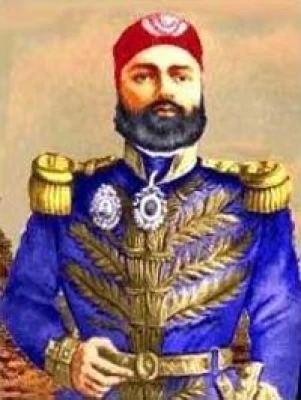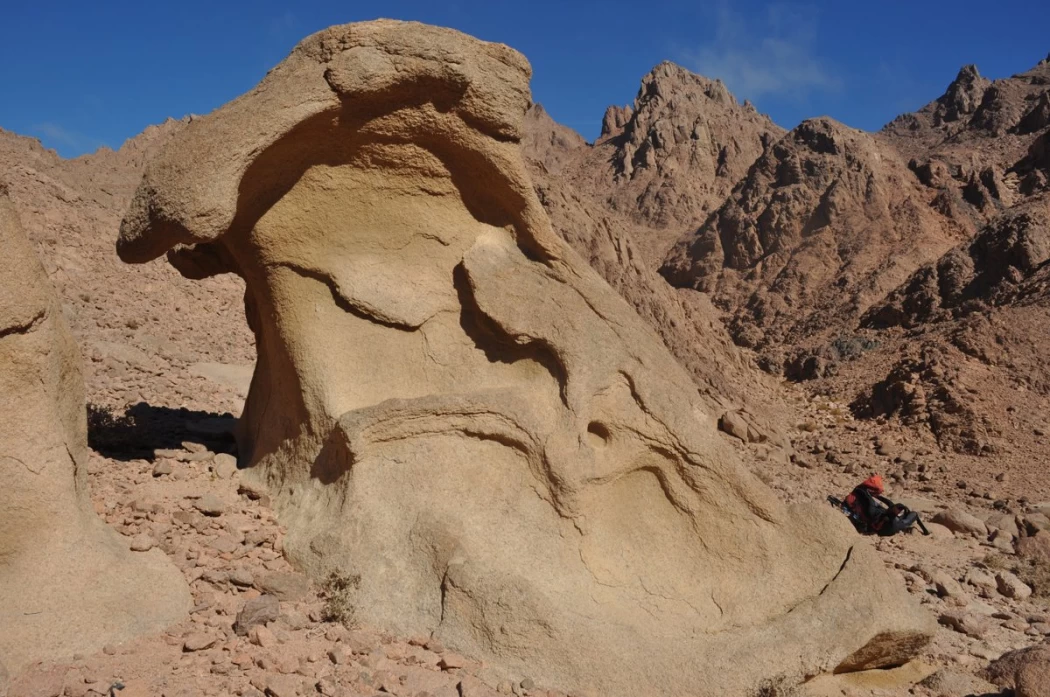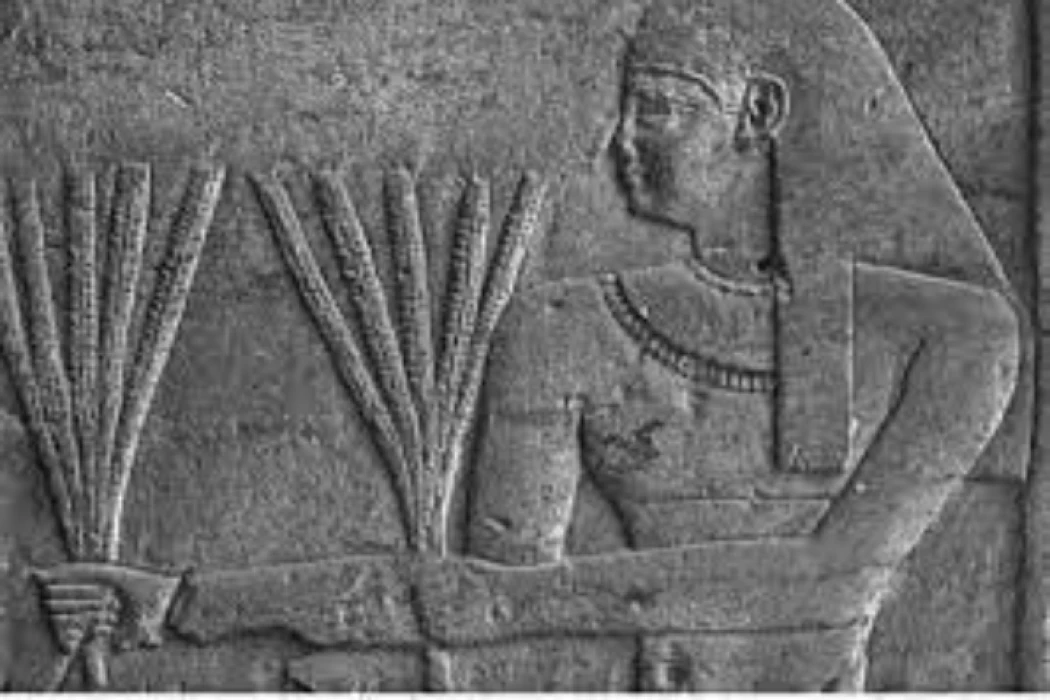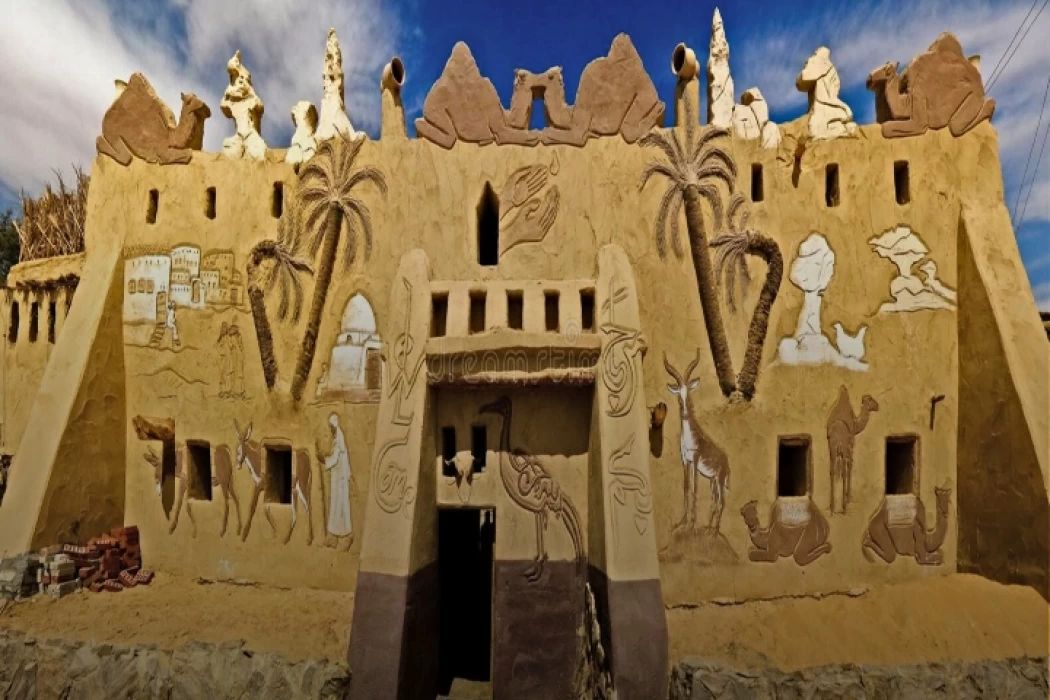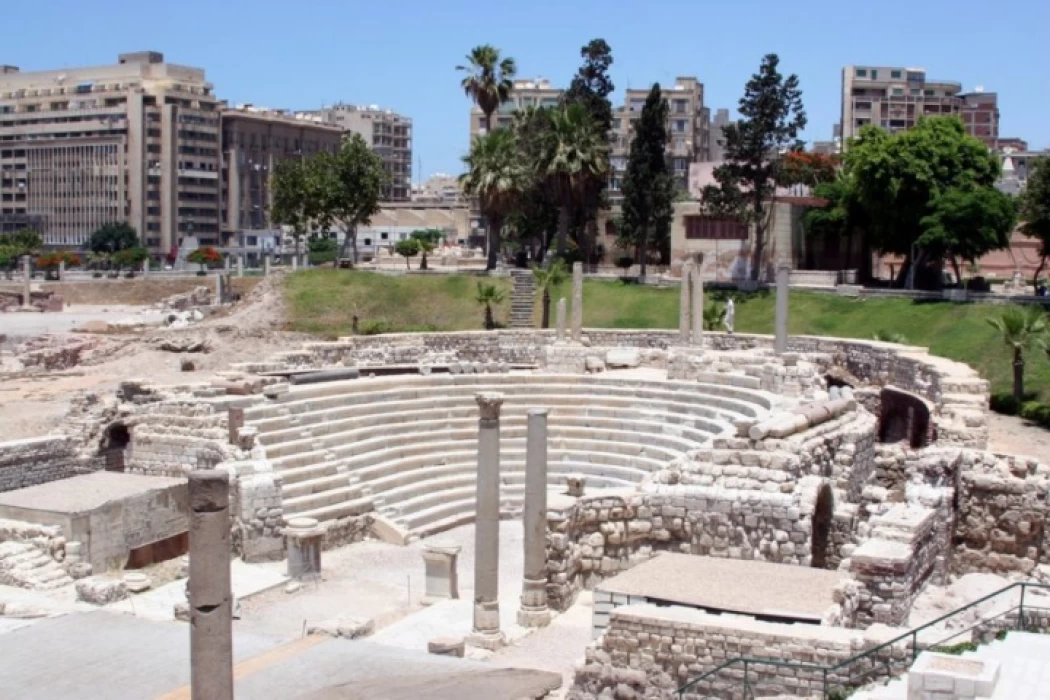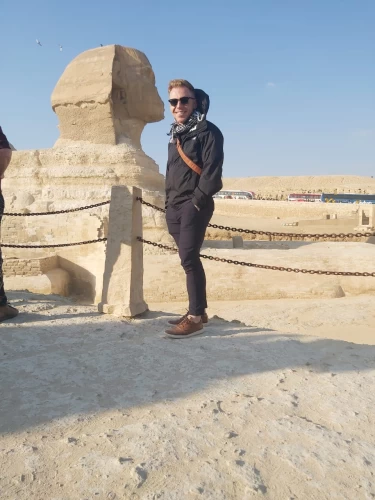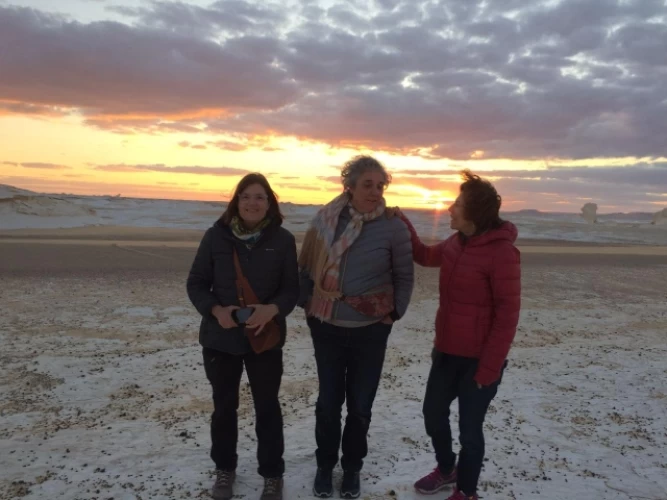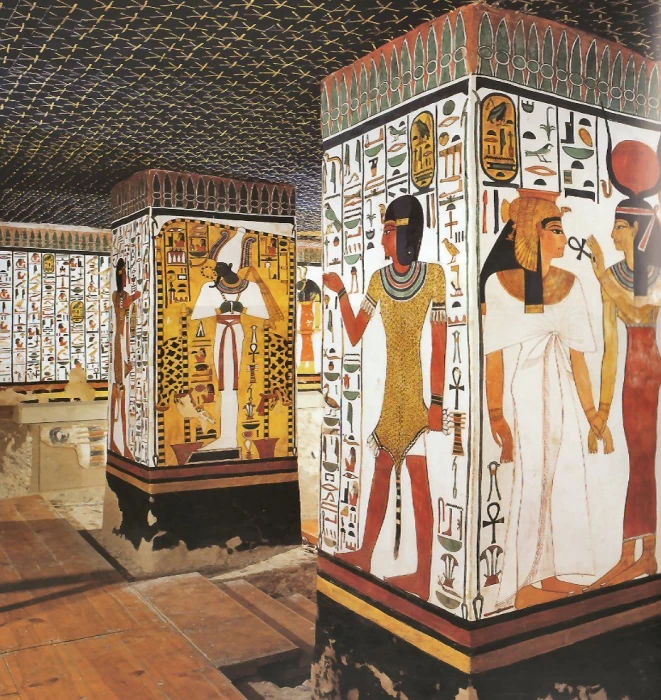
Facts About Nefertari tomb
It's been 120 a year since the discovery of the Tomb of Queen Nefertari in Luxor governorate, by the Italian archaeological mission headed by Schiaparelli, where the tomb was discovered in 1904, so that the world can witness a unique view of ancient Egyptian art, which wraps many of its secrets until now, and Queen Nefertari, is the main wife of King Ramses II, and her tomb was built for her in the valley of the Kings, and a year to measure its humidity, and to study the possibility of reopening it according to specific rules so as not to be affected by the increase in visitor numbers.
The Nefertari cemetery immortalizes the most beautiful love stories in the valley of the Queens, the southernmost of Thebes, which the ancient Egyptian called "Tast neferu" and means the beautiful place, where the valley was dedicated to the burial of queens, princesses and princes of the two families 2019, and includes more than 70 a cemetery, the most important of which is the tomb of Queen neftri, the wife of King Ramses II, which retains the beauty and splendor of its inscriptions.
Despite the discovery of Nefertari's tomb at the beginning of the last century, it was opened to the public only in the early nineties, after undergoing careful restoration operations to remove some of the damage that occurred in the tomb, which affected the inscriptions and decorations due to the deposition of salts, including those inscriptions that show Nefertari in many great scenes, while according to archaeologists, it represents one of the most prominent features of the social and political status enjoyed in ancient Egypt, which is reflected in the royal tomb of its very beautiful drawings.
The Ministry of Tourism and antiquities is heading to reopen the Nefertari cemetery to the public, after closing it for restoration several months ago, and it is considered the most expensive Cemetery in ticket prices, where the ticket price reachesنيه pounds for Egyptians andنيه pounds for foreigners, according to the official website of the tourism and antiquities website in December 2023.
Dr. Mohamed Ismail Khaled, secretary general of the Supreme Council of antiquities in Egypt, confirmed that the tomb is in a good state of preservation, and pointed out during a tour over the past days, in several archaeological sites in Luxor, including the site of the Nefertari tomb in the western mainland, that he commissioned a specialized committee to measure the humidity in the cemetery, and study the possibility of reopening it according to specific rules not to be affected by the increase in visitor numbers.
The Tomb of Nefertari, which bears the number 66 in the valley of the queens in the western mainland of Luxor, attracts lovers of the ancient Pharaonic civilization for its magnificent inscriptions, still in its original state of Engraving accuracy, splendor of colors, and it extends over an area of more than five hundred meters inside the tomb built deep below the surface of the Earth.
Queen Nefertari died at the age of not more than fifty years, and married in her early youth to Ramses II, who was one of the most prominent princes of the Royal Court in ancient Egypt, and he was not then more than 19 a year old, so he built her a temple of menifa, which is currently known as the temple of Abu Simbel, and sculpted her two large statues among his statues, along with other statues in Luxor and the temple of Abu Simbel, before later building for her that luxurious tomb consisting of seven chambers and a long corridor leading to a main room, which also leads to a corridor ending a rectangular room, with a staircase leading to the four-pillar coffin room, and three small rooms in the center of the Hall.
The entrance journey to Nefertari's Tomb begins with a ramp staircase that reaches a Hall on two sides with an arched cornice on top, and on the right of the entrance there are drawings of Queen Nefertari worshiping the god Osiris and the god Anubis, the most famous ancient Egyptian gods as in the religion of the ancient Egyptians, in addition to engravings of the four Horus boys, then to the left of the entrance you will find the Queen's consort, next to the drawings of the four Horus boys above the door that goes directly to the second corridor, in addition to rolls on the right of the door we find the goddess net receiving Queen Nefertari, and in on the other side of the frame are drawings of gods who stole one of the most important religious beliefs in the ancient Pharaonic civilization.
On the right is a drawing of the sun as it sets and was painted in the form of a human with a Ram's head, as in the Legends of the Pharaohs and the stories of ancient Egyptian literature, where there was an ancient belief that Osiris, the God ISIS and the God Nephthys, pharaonic drawings of Queen Nefertari worshiping the seven sacred cows, the bull and the four oars of heaven, in addition to inscriptions on the right and left walls of the tomb are in the first chamber.
The first room
At the exit from the first chamber inside the Tomb of Nefertari, there is a staircase with unique drawings and inscriptions everywhere, and on the left there are drawings of Queen Nefertari offering a glass of wine and another glass of yogurt "food in ancient Egypt" to the God ISIS and sitting behind her Nephthys, and other drawings of Queen Nefertari offering a glass of wine to the goddess Hathor and sitting behind her salkat and behind her Maat sits at the end of the drawing.
Burial chamber
The burial chamber contains a pharaonic inscription from the book of Gates in addition to a large hole to add the Royal pharaonic sarcophagus in it by a staircase, and it also contains additional chambers on the sides of the room, where there are columns on two rows containing an inscription of Queen Nefertari with ancient Egyptian gods and beliefs.
Nefertari tomb paintings
Queen Nefertari paid attention to the beautiful pharaonic drawings on the four columns inside the tomb, where we find inscriptions in the tomb for the statues of the priest (ion MUT F) who plays the role of Horus, his mother, Osiris and the Queen embraced by the God Hathor and ISIS, while the other drawings represent the edifices that were believed to exist in the other world after death guarded by the Pharaohs.
Latest Articles
Admin
Regin of Abbas I of Egypt | Abbas Pasha I
Abbas has been often described as a mere voluptuary, but Nubar Pasha spoke of him as a true gentleman of the "old school". He was seen as reactionary, morose and taciturn, and spent nearly all his time in his palace. He undid, as far as lay in his power, the works of his grandfather, both good and bad.
Admin
Story of Gabal Shayeb Al Banat - Red Sea Mountain
Jabal shayb al-banat is one of the Red Sea Mountains in the eastern desert in Egypt, located to the west of the city of Hurghada at a latitude of 27 degrees north and a longitude of 33.5 degrees east of the Greenwich line approximately, this mountain is the highest mountain peak in the eastern desert with a height of up to 2185 meters, it is a prominent mass of igneous rocks
Admin
Neper God Of Grain
Neper was the deity of grains, particularly cereals that were important in Ancient Egypt, such as wheat and barley. It was stated that he foretold when the crops would grow, be harvested, and disappear.
Admin
Badr Museum in Farafra
The Badr Museum is located in a mud building, which is the common home found in this medieval part of Egypt. All of the artwork that was created by the artist is quite unique. His work almost always depicts life in the Farafra Oasis and he provides the work through both painting and sculpting.
Admin
Djoser
Djoser was an ancient Egyptian pharaoh of the 3rd Dynasty during the Old Kingdom and was the founder of that epoch. He is also known by his Hellenized names Tosorthros (from Manetho) and Sesorthos (from Eusebius). He was the son of King Khasekhemwy and Queen Nimaathap, but whether he was also the direct successor to their throne is unclear. Most Ramesside king lists identify a king named Nebka as preceding him, but there are difficulties in connecting that name with contemporary Horus names, so some Egyptologists question the received throne sequence. Djoser is known for his step pyramid, which is the earliest colossal stone building in ancient Egypt
Admin
Kom Al Dikka Alexandria
Kom El Deka, also known as Kom el-Dikka, is a neighborhood and archaeological site in Alexandria, Egypt. Early Kom El-Dikka was a well-off residential area, and later it was a major civic center in Alexandria, with a bath complex (thermae), auditoria (lecture halls), and a theatre.
